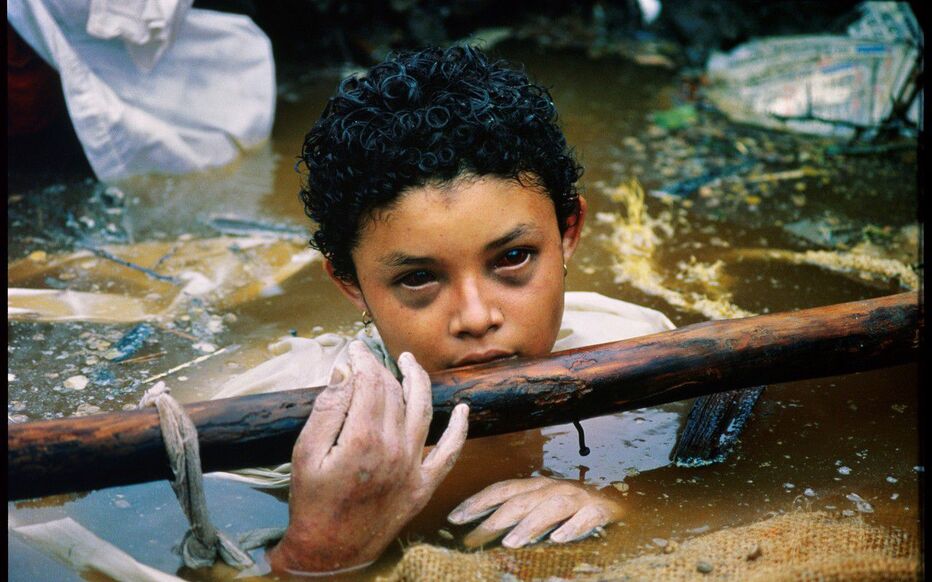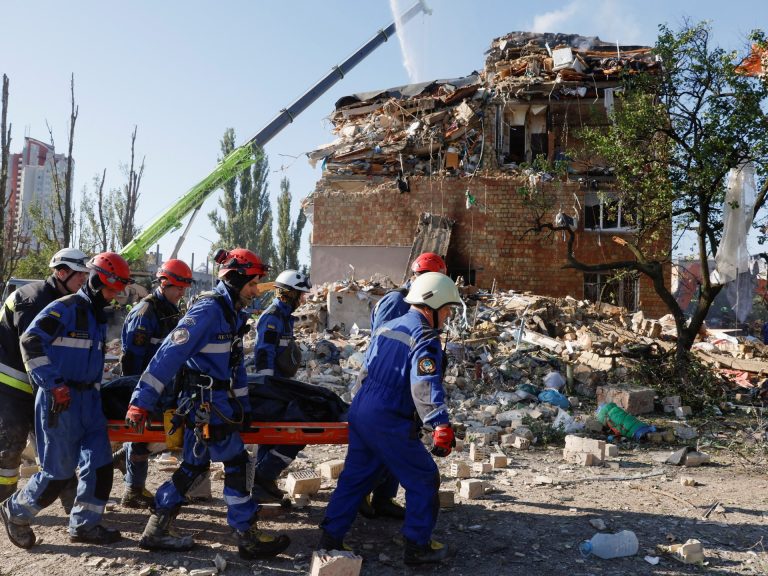
On November 13, 1985, Colombia faced one of the worst natural disasters in modern history.
The Nevado del Ruiz volcano, silent for centuries, erupted with fury. As ice caps melted, massive lahars (mudflows) thundered down the valleys, burying the Colombian town of Armero in a matter of minutes. More than 23,000 people lost their lives, and thousands more were displaced.
Among the heartbreaking stories that emerged, none touched the world more deeply than that of 13-year-old Omayra Sánchez.
The night Armero was buried
The eruption happened at night. Within less than an hour, Armero was swallowed. Families were buried, homes erased, and entire generations vanished. The disaster was not only natural but also a failure of preparedness, warnings had been ignored, and no proper evacuation plan was in place.
A child’s courage in the midst of chaosWhen rescuers found Omayra, she was trapped in the rubble of her collapsed home. Her legs were pinned under debris and the body of a relative. Cold water rose to her chest, and despite every effort, there was no safe way to free her without advanced equipment, equipment that never arrived.
For nearly three days, Omayra endured. She prayed, sang, smiled, and spoke gently with rescuers. She asked for sweets, worried about missing school, and even comforted those around her. Her strength moved everyone who stood by her side.
The Photograph that shook the world
French photojournalist Frank Fournier captured her final hours. His haunting image of Omayra, calm, dignified, and waiting for death became a global symbol of human resilience and governmental neglect. In 1986, it won World Press Photo of the Year and remains one of the most powerful photographs in history.
The final goodbye
On November 16, 1985, after more than 60 hours in her watery grave, Omayra whispered to her mother not to cry. Moments later, she closed her eyes forever.
Her death was not in vain. Omayra became a symbol of innocence, courage, and the high price of ignored warnings. Today, her story is remembered as both a tragedy and a call for accountability in disaster management.




